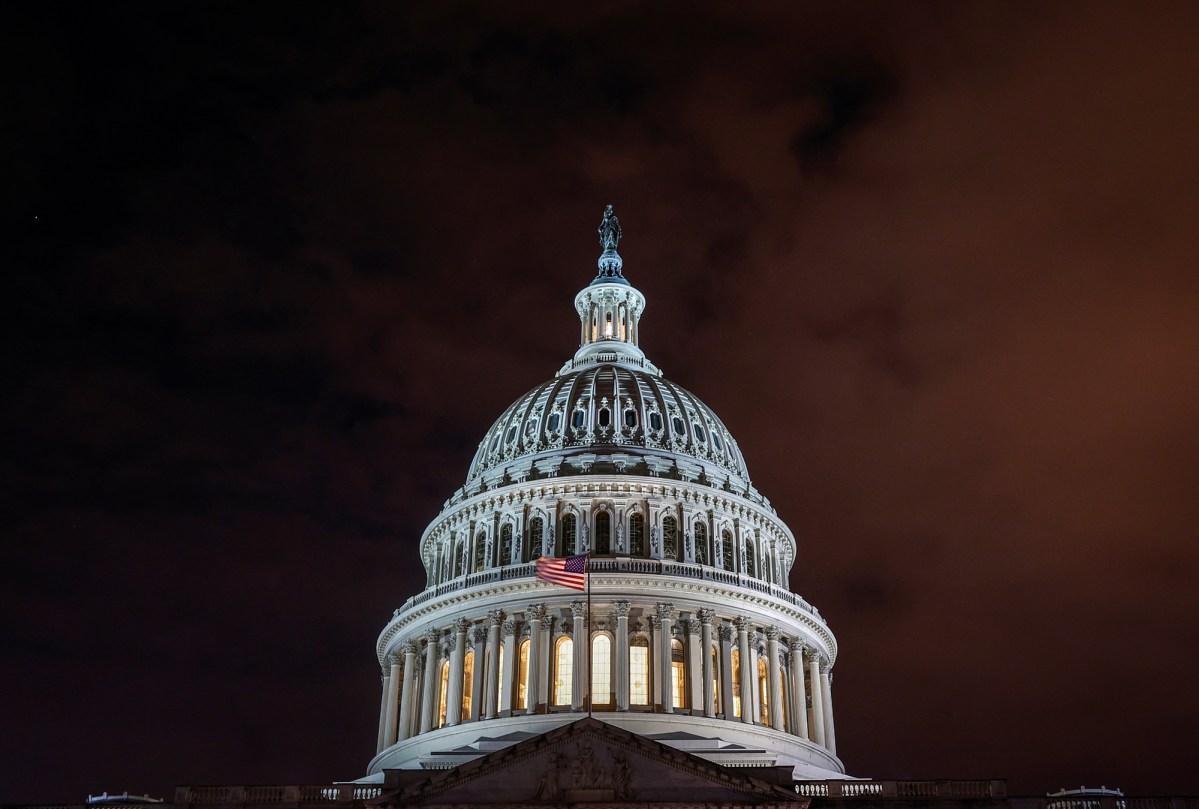The $18.8 billion budget plan for the upcoming school year, which officials claim will prevent cuts and layoffs for precisely one more year, is up for approval by the Los Angeles Board of Education on Tuesday.
Meanwhile, union organizers and leaders demand more from a district reserve that still has several billions of dollars in it. They claim that this is proof that L.A. Unified can increase funding and pay higher salaries to improve programs for immigrants and Black pupils, which goes against President Trump’s efforts to cut off initiatives that support racial or cultural diversity.
The proposed budget last week would spend roughly $200 million less than the previous year, when school systems were awash with one-time state and federal pandemic assistance, but approximately $400 million more than the 2024–25 academic year.
The overall picture for parents and employees is that, compared to other districts, such as San Francisco Unified and Oakland Unified, L.A. Unified’s services and staffing for the upcoming year will resemble the year that just concluded. But according to L.A. officials, the upcoming fiscal planning year will be devoted to determining potential cuts.
Current estimates for revenue for the upcoming year are $15.9 billion, which is almost $3 billion less than what the district intends to spend. The district will keep depleting its ending balance, which was close to $7 billion last year and is currently about $4.8 billion.
According to officials, the district will be in financial trouble by the end of 2027–2028 if no cuts are made.
State law mandates that the Board of Education approve a fiscal stabilization plan and forward it to the L.A. County Office of Education, which is in charge of monitoring to prevent school systems from going bankrupt, given the negative expenditure projection.
However, the district’s employees are also under financial strain. They desire pay increases and the maintenance of health benefits. Union leaders claim that the district’s 2% wage offer to one of its biggest unions is insufficient. The district’s budget projection does not yet include that 2% offer.
How did L.A. Unified avoid layoffs?
L.A. Unified, like other school districts, has had to cope with the cessation of pandemic relief funding that was used to fund recovery initiatives and additional staff.
The Biden administration’s roughly $500 million investment in L.A. was one of the elements that contributed to L.A. Unified’s superiority over other school systems. This served as payment for an extensive and expensive COVID-19 testing program that was not implemented by other school systems.
Furthermore, due to shortages in those in-demand professions, L.A. Unified never employed the hundreds or perhaps thousands of people it had wanted to hire through pandemic relief funds, including counselors, nurses, and mental health professionals.
California
The California Department of Education reported that 5,806,221 children were enrolled in public schools for the current school year, a reduction of 31,469 or 0.54% from the previous year.
Delaying the financial impact of fewer students has been one way the state has assisted. Like many other school systems, L.A. Unified is experiencing a decline in enrollment, which will ultimately result in less financing.
What is being cut?
Senior officials claim that while some people are changing positions and earning less money, no full-time employees are losing their jobs or benefits, and no services for students are being reduced. The academic year 2026–2027 won’t be like this.
This has not been the case for other school districts.
Teachers, counselors, and other staff members are among the 262 layoffs that the Santa Ana Unified School has authorized. Over the past ten years, the district has seen a 28% drop in enrollment and has had to deal with a $154 million budget deficit.
Berkeley Unified, Pasadena Unified, Coachella Valley Unified, and San Ramon Valley Unified are among the other districts that have laid off employees. Nonetheless, last year saw significant budget cuts in other school districts.
Significant cuts are planned to begin for L.A. Unified on July 1, 2026. Teachers and supervisory assistants are two examples of the employees that schools are likely to lose when they are constrained by their own financial constraints. The central office had provided funding for these employees. It is anticipated that this will save at least $60 million annually.
California
The state might face financial cuts, according to U.S. Education Secretary Linda McMahon, who did not specify when or what those cuts might be.
The closure of up to ten schools or, at the absolute least, underutilized structures across many campuses would result in an annual savings of $30 million. Over a two-year period, it is anticipated that central and regional offices will be reduced by $325 million.
The estimated two-year budget cuts total $1.6 billion, which is insufficient to stop the deficit spending but keeps the district out of the red for three years, as required by state law.
What is having the biggest negative impact on the budget?
L.A. Unified used more than $5 billion in one-time COVID-19 relief cash to hire permanent staff. Without more money, employees will be let go. Supt. Alberto Carvalho stated that the objective would be to keep cuts as far away from the classroom as possible, but no particular discussions had been held over which employees will lose their positions.
California
The sale of up to $500 million in bonds to resolve decades-old sexual abuse complaints was approved by the L.A. school board.
Payouts for allegations of sexual misbehavior going back to the 1940s have been a significant and mostly unreported expense in the past year. L.A. Unified paid out over $300 million in claims just last year. Although special bonds will be used to finance these claims over a 15-year period, the annual cost might potentially reach $50 million or more.
State financing will decline as enrollment declines. Many costs have increased at the same time.
There were roughly 408,083 transitional kindergarten through 12th graders in the district this year. It is anticipated that the number will be roughly 396,070 next year and 385,091 the year following.
Additionally, compared to many other districts, the school system authorized higher compensation packages for staff members. Unfunded retiree health benefits are an additional expense. Post-retirement benefits are available to approximately 35,000 district retirees. For instance, these costs totaled almost $331.8 million in 2023–2024.
What education programs will get the biggest support?
With funds coming in or going out of many sources and varying spending guidelines, the budget is a complicated document. Therefore, even though a school with dwindling enrollment is having a hard time keeping all of its instructors, money for field excursions and after-school activities has significantly increased in comparison to ten years ago.
However, the district’s spending and priorities are generally stable.
Unions are putting a lot of pressure on the Board of Education’s salaries at this time of year. The offer of a 2% pay raise has not been accepted by any employee group.
The district has been dishonest, according to Local 99 of the Services Employees International Union, by allowing many workers to work fewer than four hours a day. Employees are eligible for health benefits if they work four hours a day. Early-career teachers require a significant pay increase, according to United Teachers Los Angeles.
Even if it means less money for other schools, a coalition of supporters wants more funding directed toward the schools with the greatest needs. This is already the case for district expenditure, but the proponents claim that the existing allocation is insufficient.
Leaning heavily on school board members they helped elect, the teachers union and a coalition of allies are particularly promoting an agenda that is pro-immigrant and pro-Black students.
Last week, Carvalho tried to placate them and his board by putting an additional one-time augmentation of $50 million into the Black Student Achievement Plan, or BSAP, for the 2025-26 school year, bringing funding to $175 million. Among other improvements, BSAP offers additional academic counselors and mental social workers.
The benefits of BSAP must be accessible to all kids with comparable needs, not just Black students, as per an agreement with the Biden administration. Some of the activists want the district to return BSAP to a Black-only focus.
Immigrant families are expected to benefit from $4 million more for student centers, whose services can include legal referrals and other family support. More is what activists desire.
There s already a sizable budget for making campuses greener, but Carvalho has agreed to add an additional $1 million a year over the next three years.
So far, Carvalho s budget moves have been met with uneven support from school board members a slim majority of four voted last week to approve the fiscal stabilization plan.
What are some lingering disputes?
Former L.A. schools Supt. Austin Beutner is leading a group that is suing L.A. Unified, accusing the district of violating voter-approved Proposition 28 which he wrote and which provides new arts funding for every public school in California.
That infusion for arts instruction was supposed to begin in the 2023-24 school year. Under the rules, the new money had to be added to arts instruction funding on top of what a school already was providing. But L.A. Unified parents and staff noticed no change in the level of arts instruction at many schools.
California
Under Proposition 28, LAUSD receives millions annually to increase arts instruction. A new lawsuit claims the funds were diverted. The district denies wrongdoing.
Under pressure, Carvalhoset aside more moneyfor the arts and he said he s also adding more in the proposed budget.
The critics are not satisfied and said it s likely that the district either must return millions of dollars in arts funding to the state or use it as intended.
District officials insist that their use of arts money has been legal and appropriate.
Separately, a group of student, parent and union activists continues to call for the elimination of the school police force which a different and large contingent of parents wants to maintain and even expand.
What does the future look like?
Projecting ahead three years takes in many uncertainties including potential cuts from Trump and a Republican-controlled Congress.
Trump s proposed education budget lays out cuts that would affect L.A. Unified. At-risk programs or grants include those for teacher training, and those helping students who are learning English, who are children of migrant workers or who are experiencing homelessness. The district has set aside $46 million for that possibility.
A revived state economy could erase the need for cuts. At the moment, however, the state budget appears to be trending in the wrong direction.










